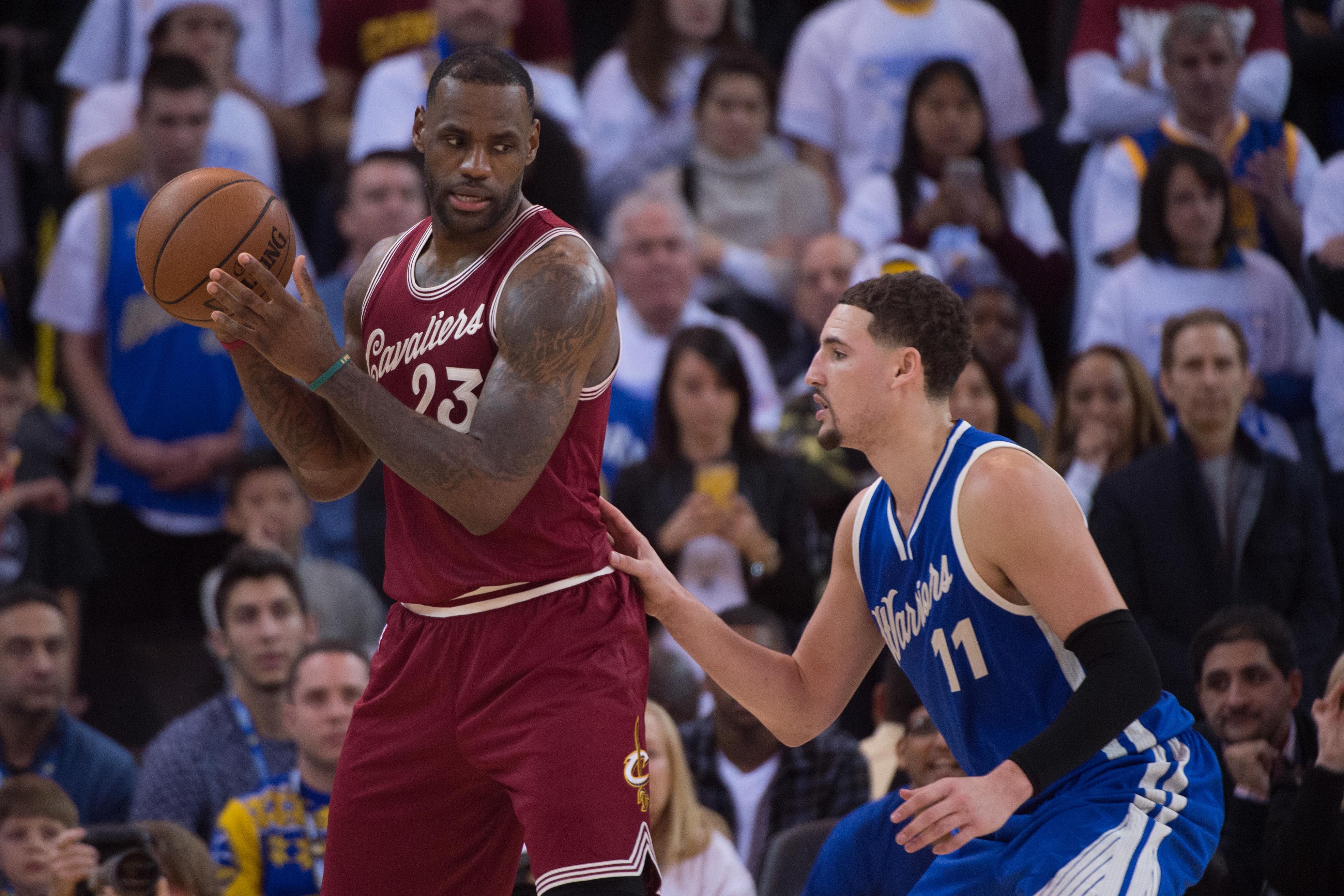Bussiness
A smarter way to achieve MTA congestion pricing

In 2019, after years of advocacy by a broad coalition of business and labor leaders, transit advocates, and climate change activists, the State of New York finally threw the Metropolitan Transportation Authority — a public transportation system plagued by chronic underfunding — a lifeline in the form of congestion pricing.
The MTA’s proposed congestion pricing plan called for charging a fee to vehicles entering Manhattan’s central core to deliver the twin benefits of providing critically needed revenue to modernize and expand our public transportation system while reducing congestion in our most gridlocked neighborhoods.
As long-time advocates, we were proud to help champion congestion pricing. However, our world has changed dramatically since the state’s adoption five years ago. A global pandemic transformed how we work and commute; inflation soared to a 40-year high, followed by the steepest increase in interest rates in two decades, sharply escalating the cost of living from housing to child care and groceries.
Not only has our macroeconomic landscape changed, but so has New York City. Outdoor dining has reshaped our streetscapes. Crime may be falling, but high-profile violent incidents have deterred riders from returning to the MTA system. Our business districts — once vibrant, urban ecosystems bustling with office workers, small businesses, and restaurants — are significantly quieter as more people have embraced remote work.
In light of these challenges, Gov. Hochul was right to pause congestion pricing. Ideally, this decision could have been made a year earlier, but it should not come as a surprise to anyone that a program designed half a decade ago is ill-suited for today’s post-COVID world.
Does this mean the MTA no longer needs the revenue that congestion pricing was anticipated to generate? Absolutely not. The MTA’s billion-dollar capital needs remain. Eliminating a dedicated funding source jeopardizes critical projects needed today and expansion projects needed for the future. However, we see this pause not as a reason to cancel the program but rather to recalibrate it for our new realities.
First, the proposed congestion pricing program aims to raise $1 billion for the MTA annually. Instead of generating such an exorbitant amount with a blanket fee, let’s first address the nearly $700 million lost annually to fare evasion by those treating the MTA as their free shuttle service.
Let’s also take advantage of cameras on MTA buses and other infrastructure to target drivers who commit infractions that make traffic worse, such as driving and parking in bus and bike lanes, double parking, blocking the box, and parking in front of fire hydrants not just in Midtown, but throughout the entire city. This may not be able to replace the full $1 billion, but it is a good place to start.
Second, in response to the governor’s decision, the MTA has rightfully begun to reprioritize its ambitious $55 billion capital program, which was supposed to create $15 billion in capital capacity from the revenue generated by congestion pricing. While such a robust capital program is a wish list for many transit advocates, including ourselves, it’s important that we right-size the program to fit our current budget, focusing first on those projects that will make our system safer, more accessible, and more reliable.
Finally, let’s move forward with congestion pricing but do so in a manner that’s more reflective of today’s reality. The program that Hochul paused required the MTA to raise $1 billion annually with limited flexibility or room for exceptions. A more gradual approach could begin with targeted measures, such as charging commercial trucks or slow-moving tour buses.
Additionally, by learning from London — the first city to implement congestion pricing with an initial fee that was half the $15 charge for passenger vehicles proposed today — we could start with a much smaller fee to build wider support.
Today’s political climate often reduces complex issues like modernizing our transit infrastructure to binary choices, making everyone worse off if those solutions fail. Moreover, such framing often creates a city versus suburbs conflict when the entire region suffers if this system collapses. After all, our region, the most powerful economic engine in our nation’s history, would not function without the MTA carrying millions of riders daily.
We need congestion pricing, but the current plan doesn’t fit our present realities. Instead of using a playbook from five years ago, let’s develop one for today.
Rechler is the chair and CEO of RXR, a member of the New York Federal Reserve Board, a former MTA board member and a former Port Authority vice chair. Garten is the CEO of Red Oak Street and a board member of the Regional Plan Association.










